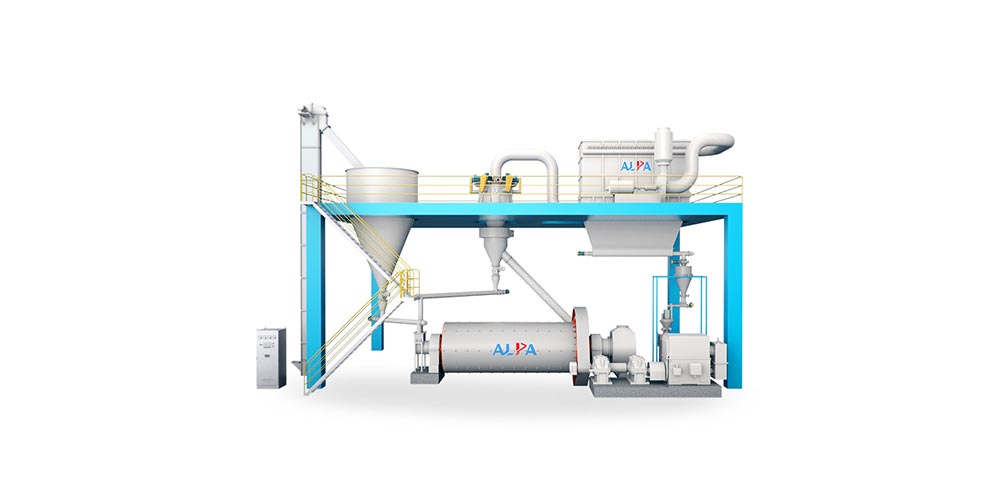How to choose a grinding equipment?

In the field of non-metallic ore grinding, various types of grinding equipment emerge in endlessly. As we all know, for non-metallic ore processing, one is to remove impurities and improve product purity; the other is to reduce the particle size of products to varying degrees.
In the process of reducing product particle size, the selection of grinding equipment is very important, which directly affects the utilization rate of mineral resources, production cost, product quality and economic benefits. Therefore, when manufacturers choose equipment, they need to obtain enough information to confirm their choice after actively communicating with the manufacturer according to their actual needs.
PART1: Ultrafine Impact Mill
Working principle: The material is conveyed by the feeding device to the crushing chamber of the main machine, and the material, the high-speed rotating device and the particles collide, collide, rub, shear, and squeeze each other to realize crushing. The crushed material is separated into coarse and fine powder by the classifying wheel, the coarse powder flows into the crushing chamber for grinding again, and the purified gas is discharged by the induced draft fan.
PART2: Jet Mill
Working principle: After the compressed air is cooled, filtered and dried, it forms a supersonic airflow through the nozzle and injects it into the rotary crushing chamber to make the material fluidized. Convergence produces violent collision, friction, and shearing to achieve ultrafine crushing of particles.
Compared with the ordinary mechanical impact ultrafine pulverizer, the jet pulverizer can pulverize the product very finely, and the particle size distribution range is narrower, that is, the particle size is more uniform; and because the gas expands at the nozzle to cool down, there is no accompanying heat in the pulverization process, Therefore, the pulverization temperature rise is very low, which is especially important for ultrafine pulverization of low melting point and heat-sensitive materials, but the jet mill also has a relatively common disadvantage, that is, high energy consumption.
PART3: Roller Mill
Working principle: The material is sent into the crushing chamber through the frequency conversion feeder, and the superfine crushing of the material is realized through the grinding roller extrusion, shearing and grinding. The pulverized material is transported to the classification area by the rising airflow, and under the action of the centrifugal force of the classification wheel and the suction force of the fan, the separation of coarse and fine powder is realized. The finer products are collected by the collector, and the coarse particles are returned to the crushing chamber for grinding again. The purified air is discharged by the induced draft fan.
PART4: Ball Mill And Classifying Production Line
Working principle: After coarse crushing, the material enters the ultra-fine ball mill from the lifting conveying equipment. The grinding medium in the mill impacts and grinds the material with the energy obtained when the mill rotates. The crushed material passes through the discharge bin. Enter the self-distributing micro-powder classifier for classification to realize the separation of coarse and fine powder. The qualified fine powder is collected by the collector, and the coarse particles enter the ball mill from the lower end of the classifier for crushing, and the purified gas is discharged by the induced draft fan.
According to the different materials, the ball mill line can choose the corresponding liner and grinding medium to ensure the purity and whiteness of the product. Reasonable system design reduces the investment in civil engineering and supporting equipment by 50% compared with other ball milling and grading production lines. It can be applied to the crushing of the following materials: ① soft materials, such as calcite, marble, limestone, kaolin, gypsum, barite, fly ash, slag, etc.; ② hard materials: silicon carbide, brown corundum, mullite, Ultra-fine cement, zircon sand, andalusite, refractory materials, etc.; ③ high-purity materials: quartz, feldspar, α-alumina, glass beads, phosphor, etc. Metal materials: zinc powder, aluminum powder, iron powder, molybdenum powder, etc.
